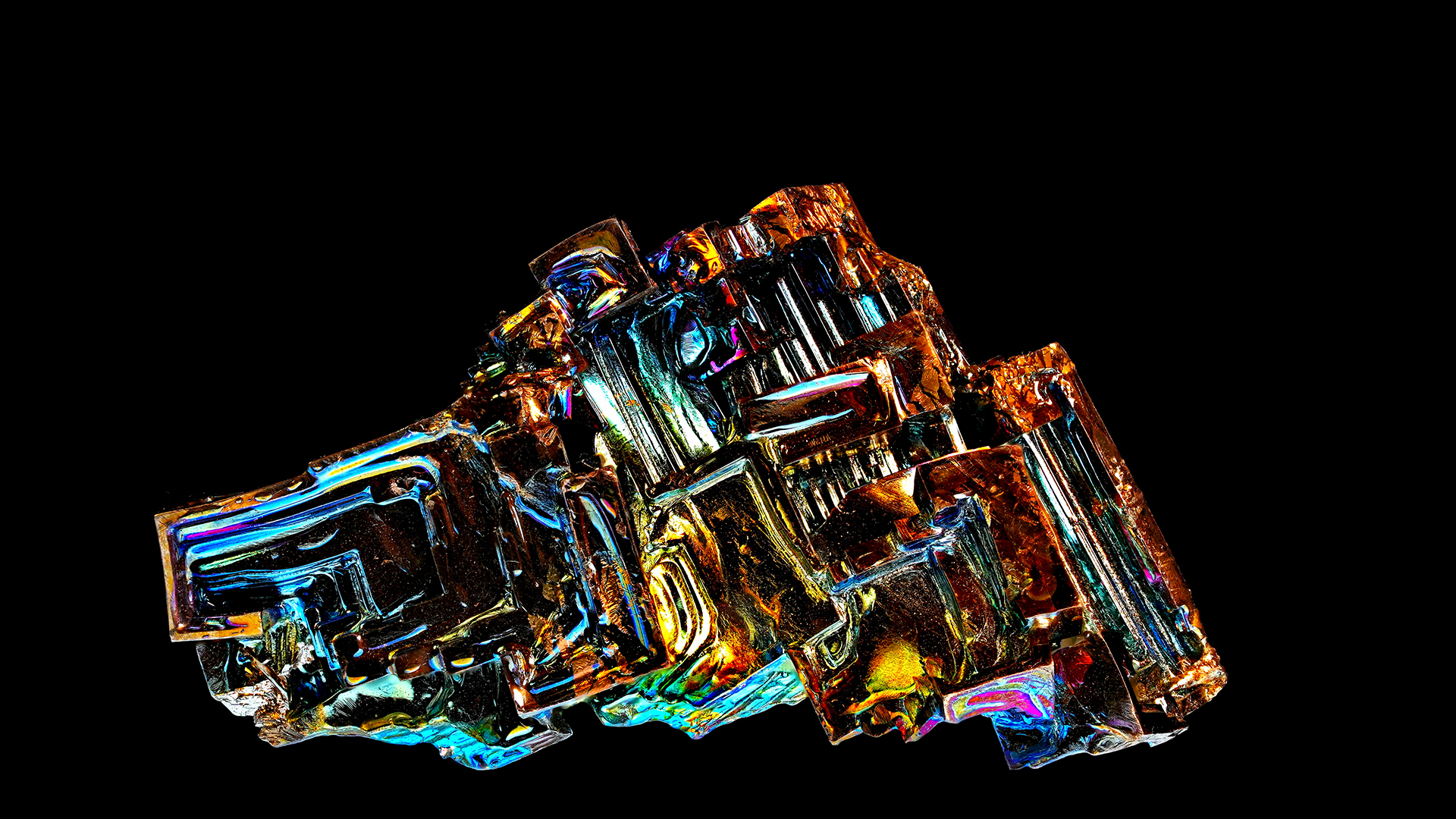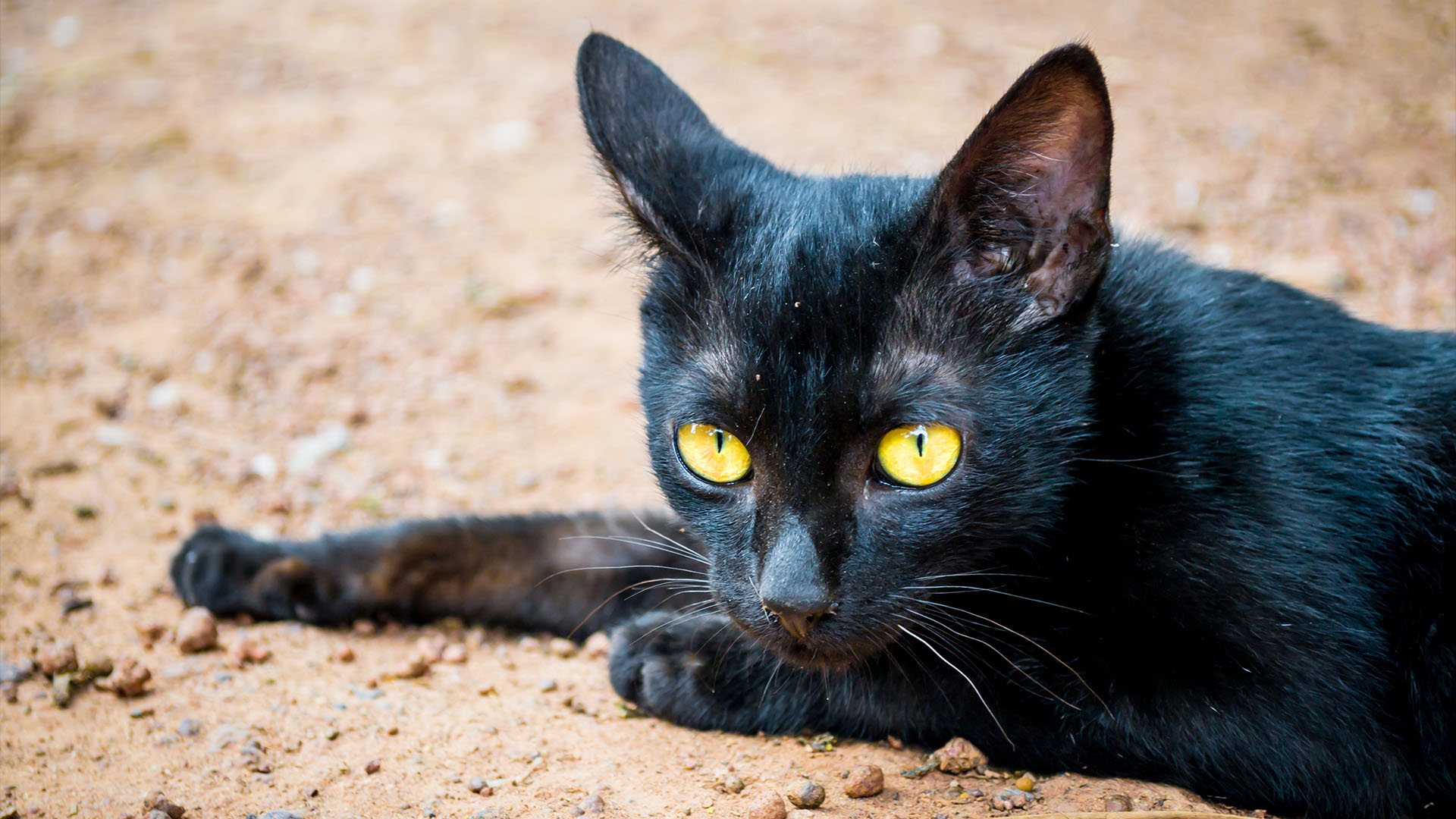
Victoria Atkinson
Victoria Atkinson is a freelance science journalist, specializing in chemistry and its interface with the natural and human-made worlds. Currently based in York (UK), she formerly worked as a science content developer at the University of Oxford, and later as a member of the Chemistry World editorial team. Since becoming a freelancer, Victoria has expanded her focus to explore topics from across the sciences and has also worked with Chemistry Review, Neon Squid Publishing and the Open University, amongst others. She has a DPhil in organic chemistry from the University of Oxford.
Latest articles by Victoria Atkinson

Mathematicians solve vexing 'crowd problem' that explains why public spaces devolve into chaos
By Victoria Atkinson published
Why do some crowds move in an orderly fashion while others devolve into a chaotic jumble? New research led by an MIT mathematician may finally crack the tricky crowd problem.

How do we know pi is an irrational number?
By Victoria Atkinson published
Are there mathematical ways to prove that pi is an irrational number that has no end?

Pi Day quiz: How much do you know about this irrational number?
By Victoria Atkinson published
Test yourself on math's most famous constant with this pi quiz.

New fabric can heat up more than 50 degrees to keep people warm in ultracold weather
By Victoria Atkinson published
A new smart fabric converts light into heat and can raise temperatures by more than 54 degrees Fahrenheit (30 degrees Celsius) after just 10 minutes in the sun.

Scientists discover new, 3rd form of magnetism that may be the 'missing link' in the quest for superconductivity
By Victoria Atkinson published
Scientists have found an elusive third form of magnetism that could help solve a longstanding puzzle about superconductors.

Can you transplant an organ more than once?
By Victoria Atkinson published
"Recycling" an already transplanted organ could help save lives, but the procedure comes with additional risks, physicians say.

How does fluoride prevent cavities?
By Victoria Atkinson published
Whether delivered in water or toothpaste, fluoride can help guard teeth against decay. But how?
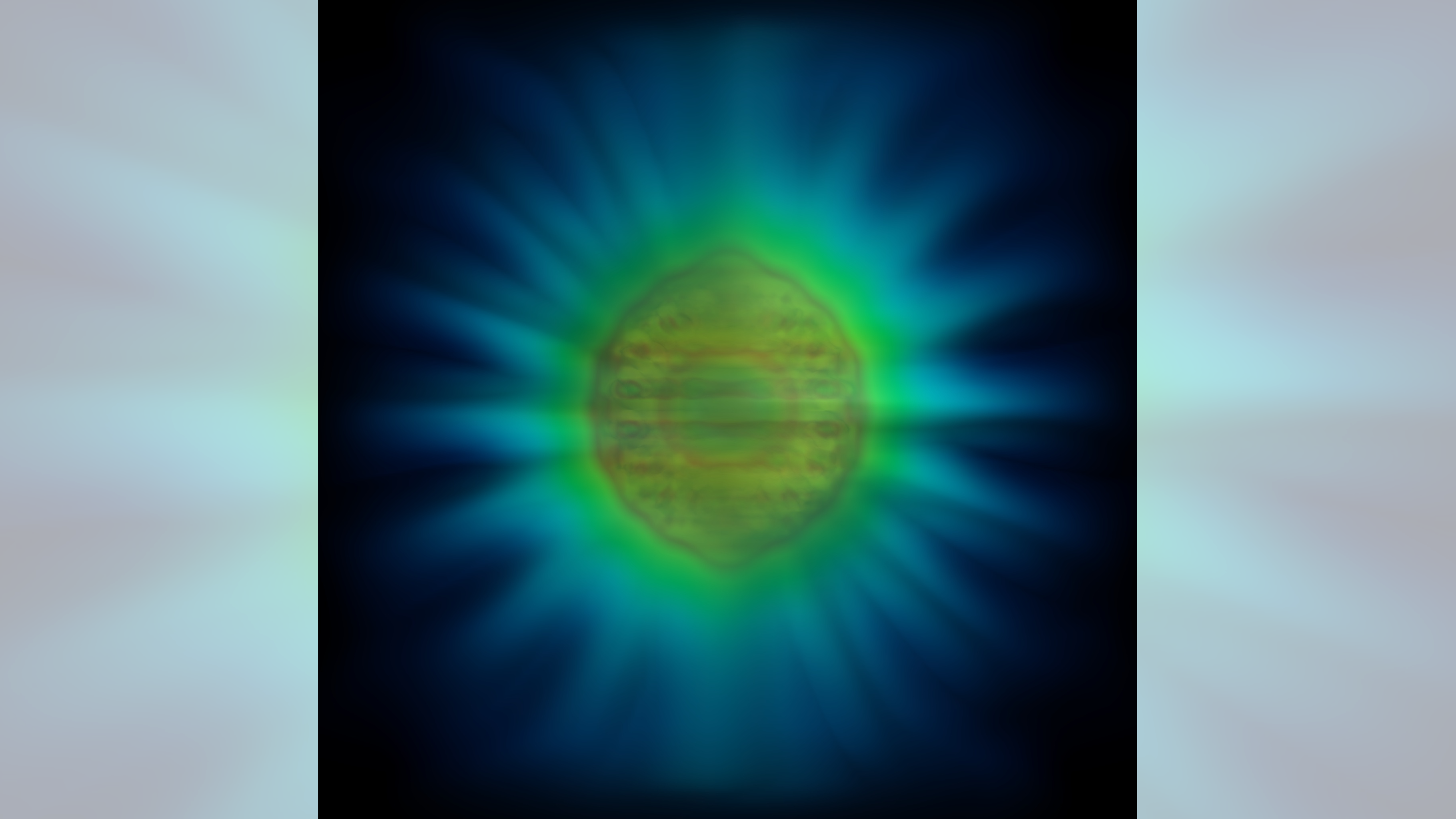
The shape of light: Scientists reveal image of an individual photon for 1st time ever
By Victoria Atkinson published
Using a groundbreaking new technique, researchers have unveiled the first detailed image of a photon — a single particle of light — ever taken.

Is light a particle or a wave?
By Victoria Atkinson published
Does light behave more like a particle, or like a wave? Today we know the surprising answer. Here's why it took so long to get there.

Cats are better at word association than human babies are, study finds
By Victoria Atkinson published
Cats are quicker than babies to associate a picture of a word with its corresponding picture, new research shows.
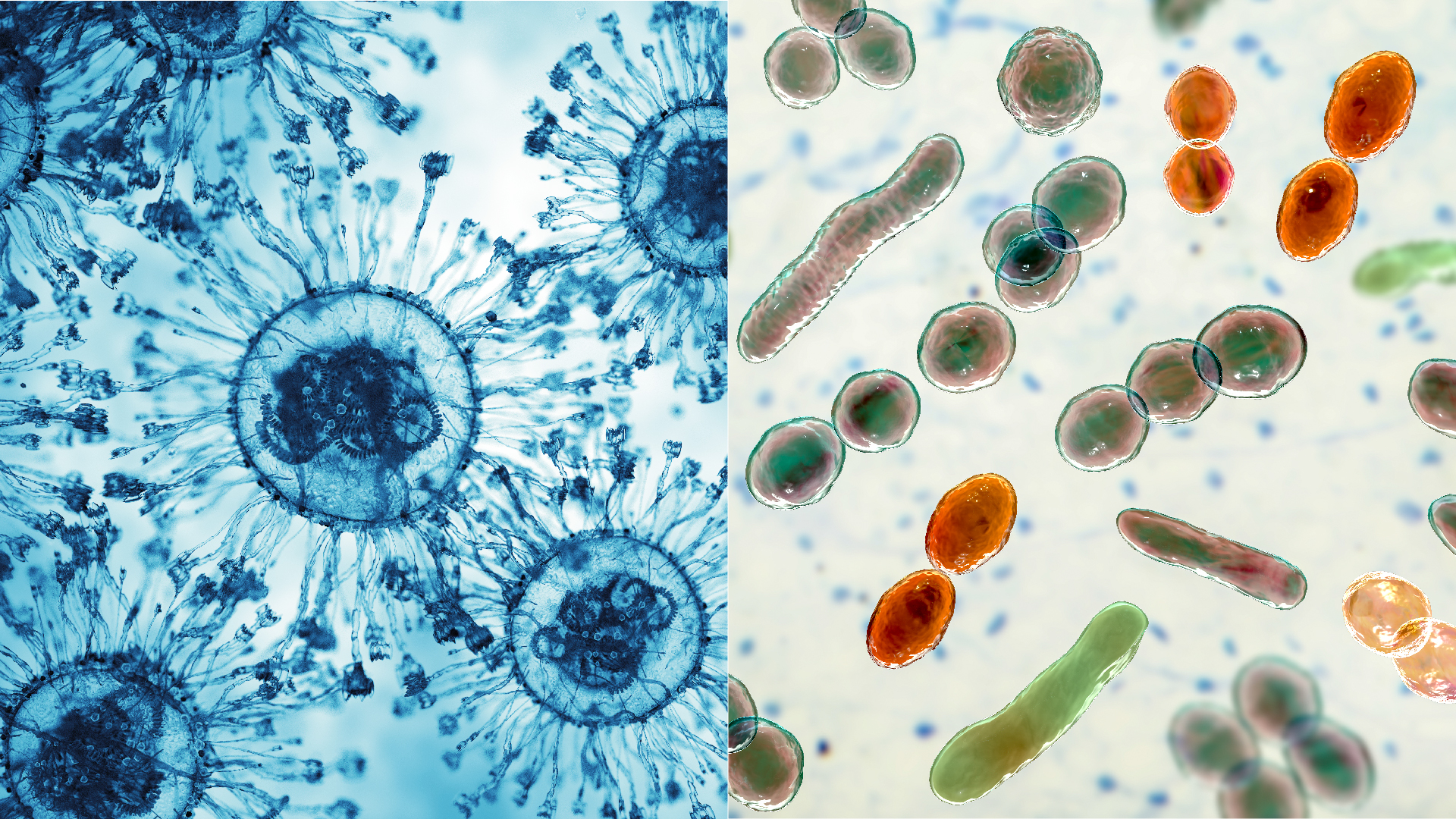
Which came first: viruses or bacteria?
By Victoria Atkinson published
Viruses and bacteria have been around for billions of years, but which came first?
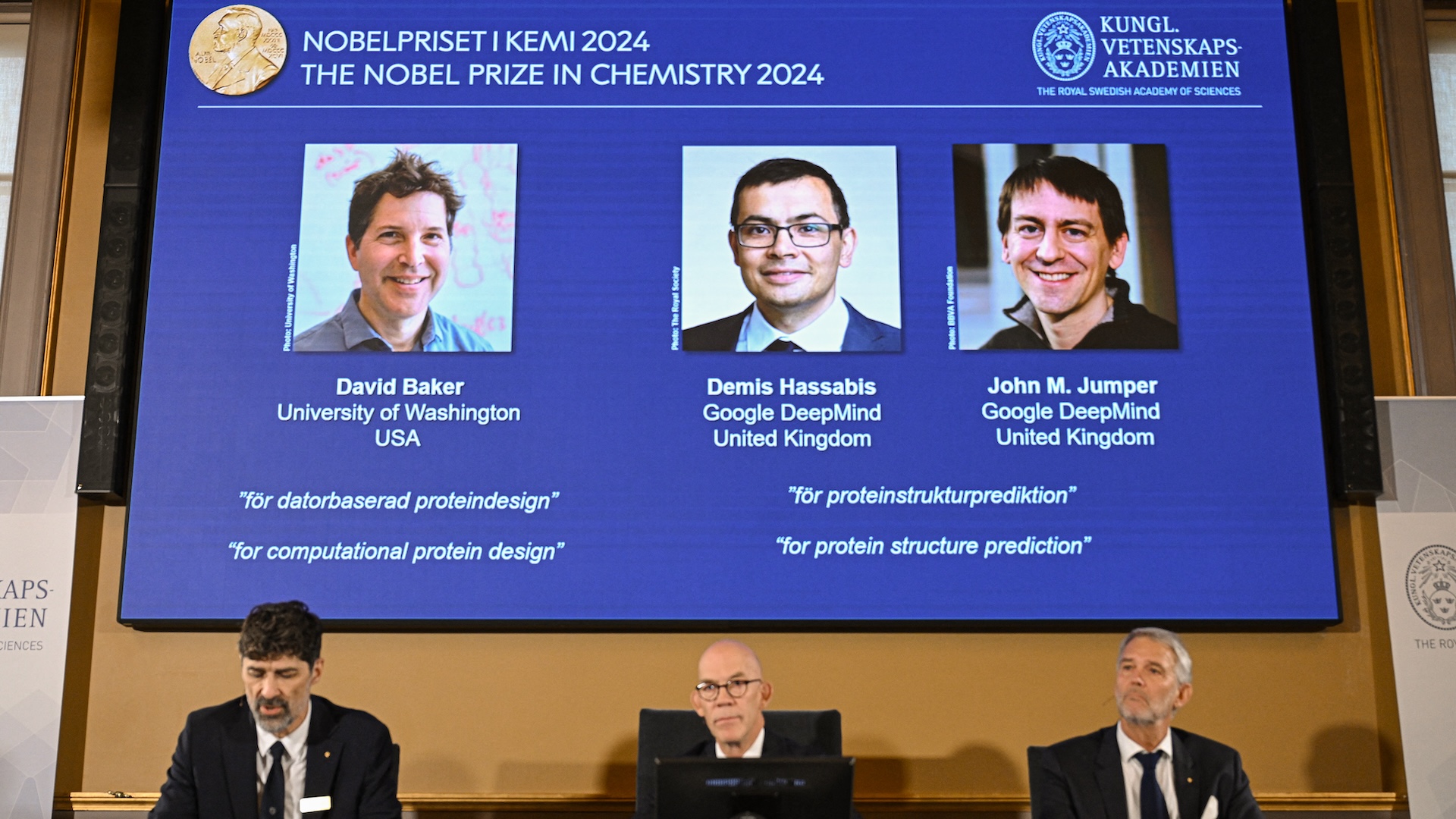
2024 Nobel Prize in chemistry awarded to scientists who revealed a 'completely new world of protein structures'
By Victoria Atkinson published
David Baker, Demis Hassabis and John Jumper shared the Nobel prize in chemistry for work that revolutionized our understanding of protein structure.
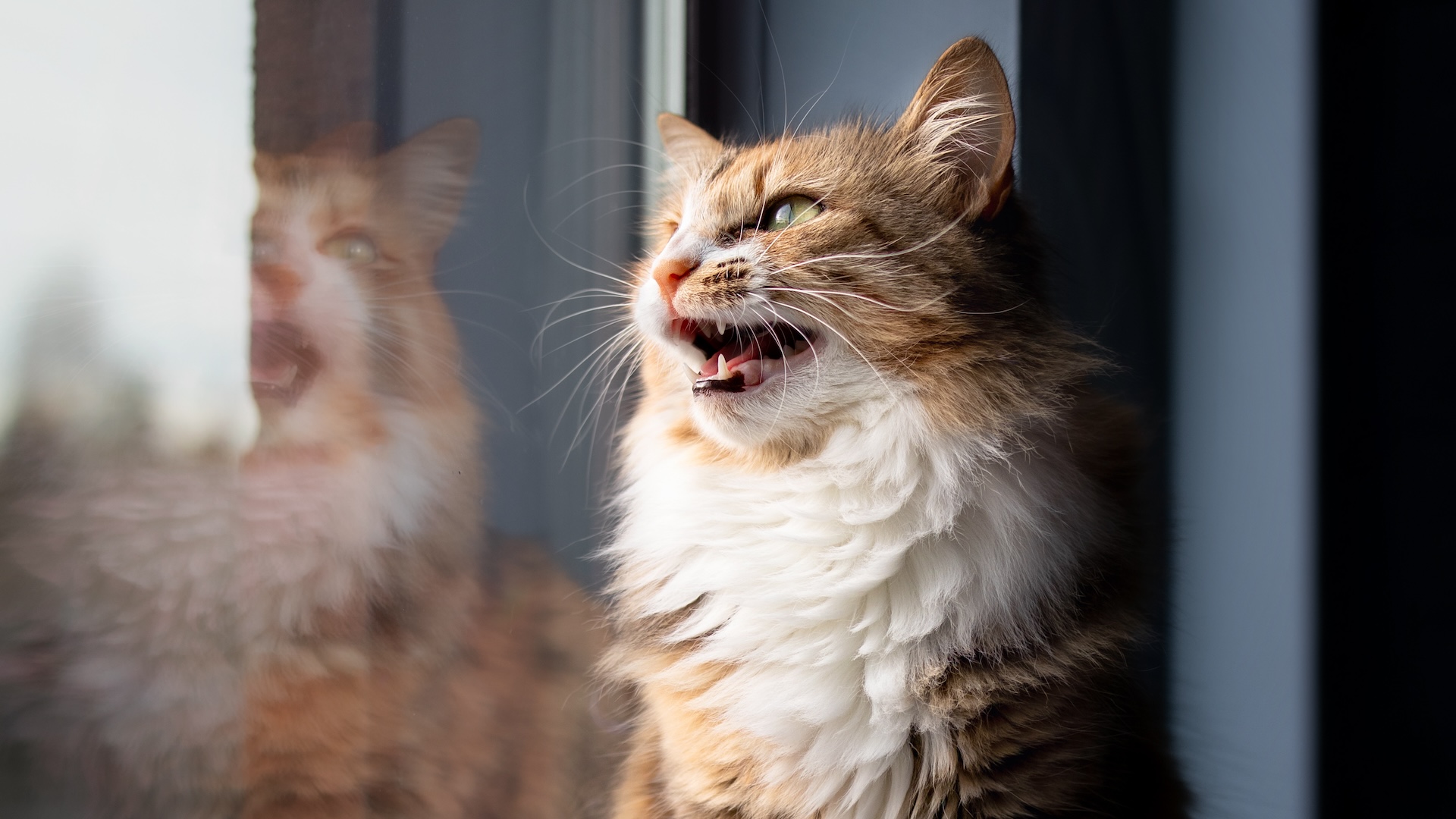
Why do cats 'chatter'?
By Victoria Atkinson published
Some cats chatter, oftentimes when they see prey. But why?
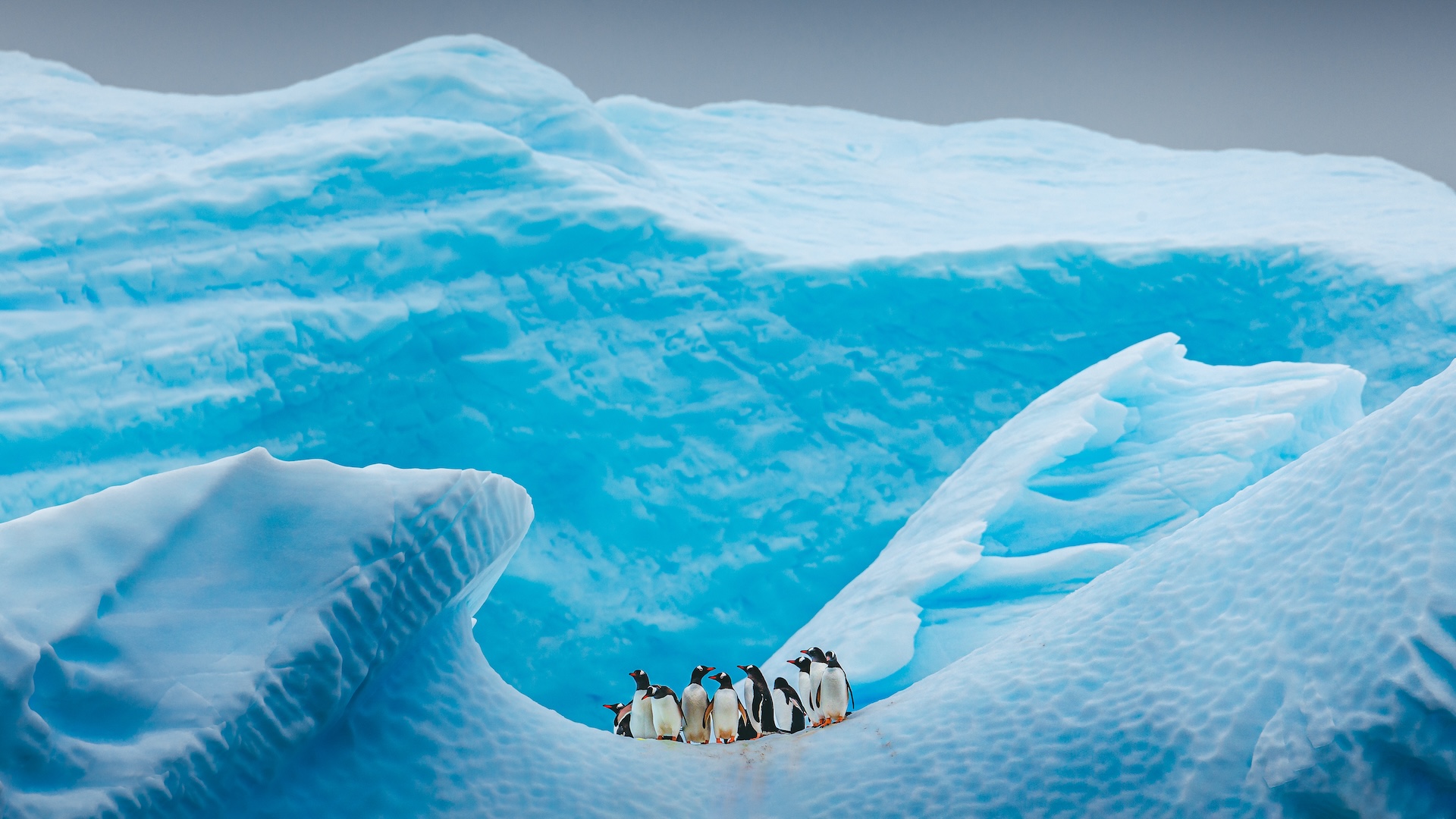
When was the last time Antarctica was ice-free?
By Victoria Atkinson published
Antarctica is covered by a miles-thick ice sheet, but was that always the case? And when was the coldest continent ice-free?

New reactor could more than triple the yield of one of the world's most valuable chemicals
By Victoria Atkinson published
A new reactor creates ammonia from polluted wastewater using electricity, and it's way more efficient than existing methods.
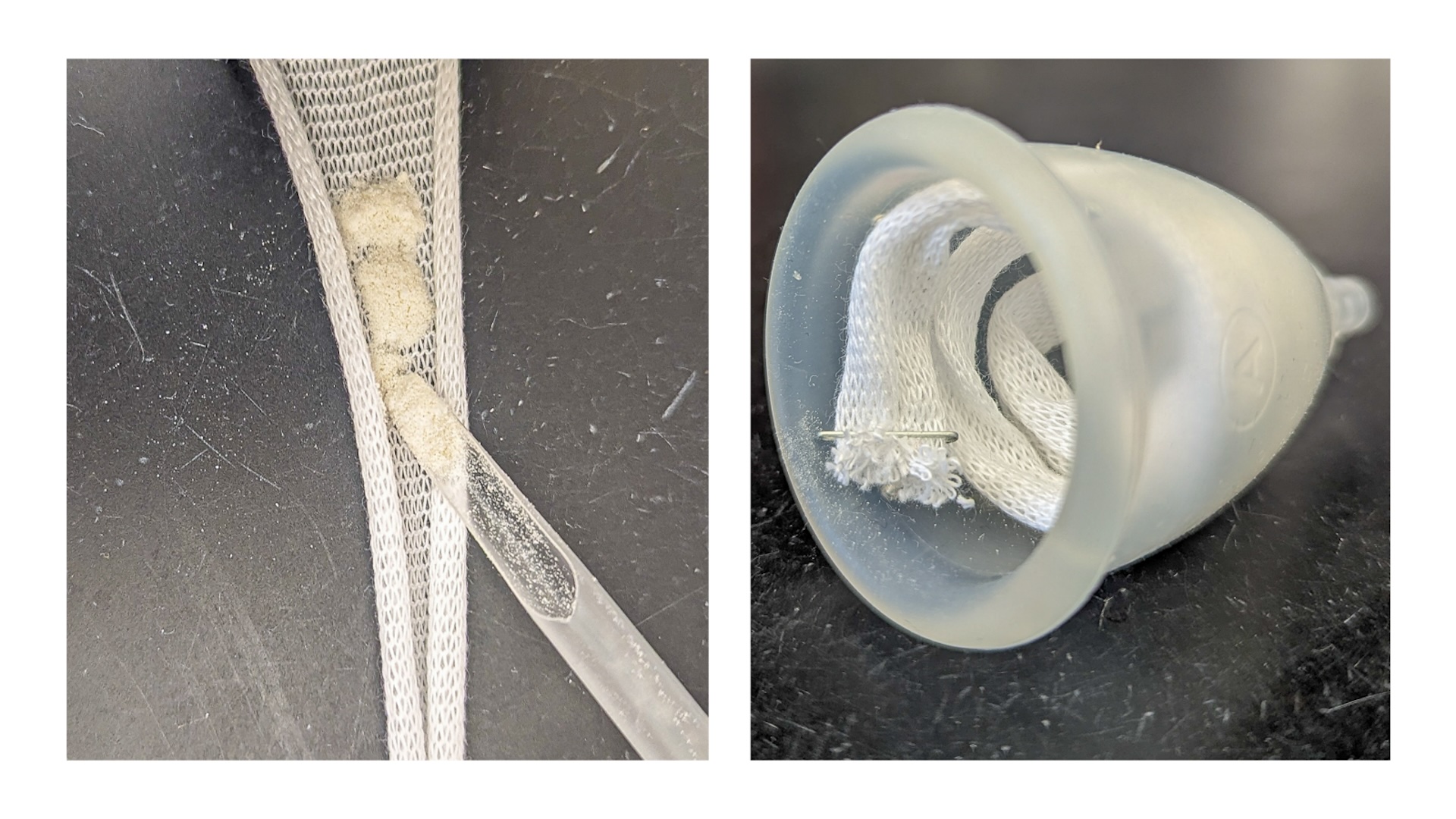
Experimental menstrual product turns blood to jelly
By Victoria Atkinson published
Scientists are working to develop a new filler for period products that they say could help prevent leaks.
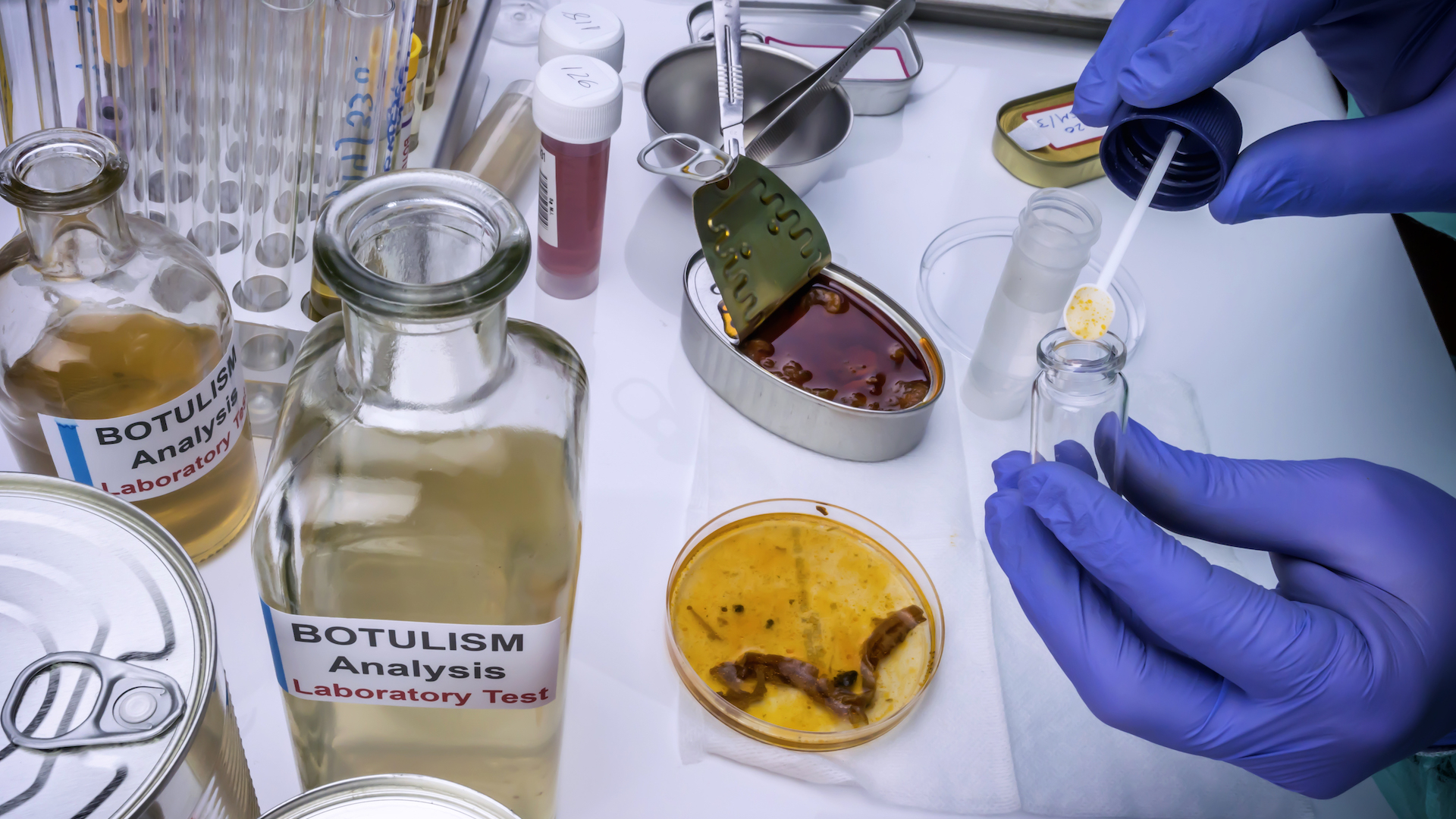
What is the world's most dangerous chemical?
By Victoria Atkinson published
There are plenty of harmful chemicals, but the devil is in the details when determining which is the most dangerous.
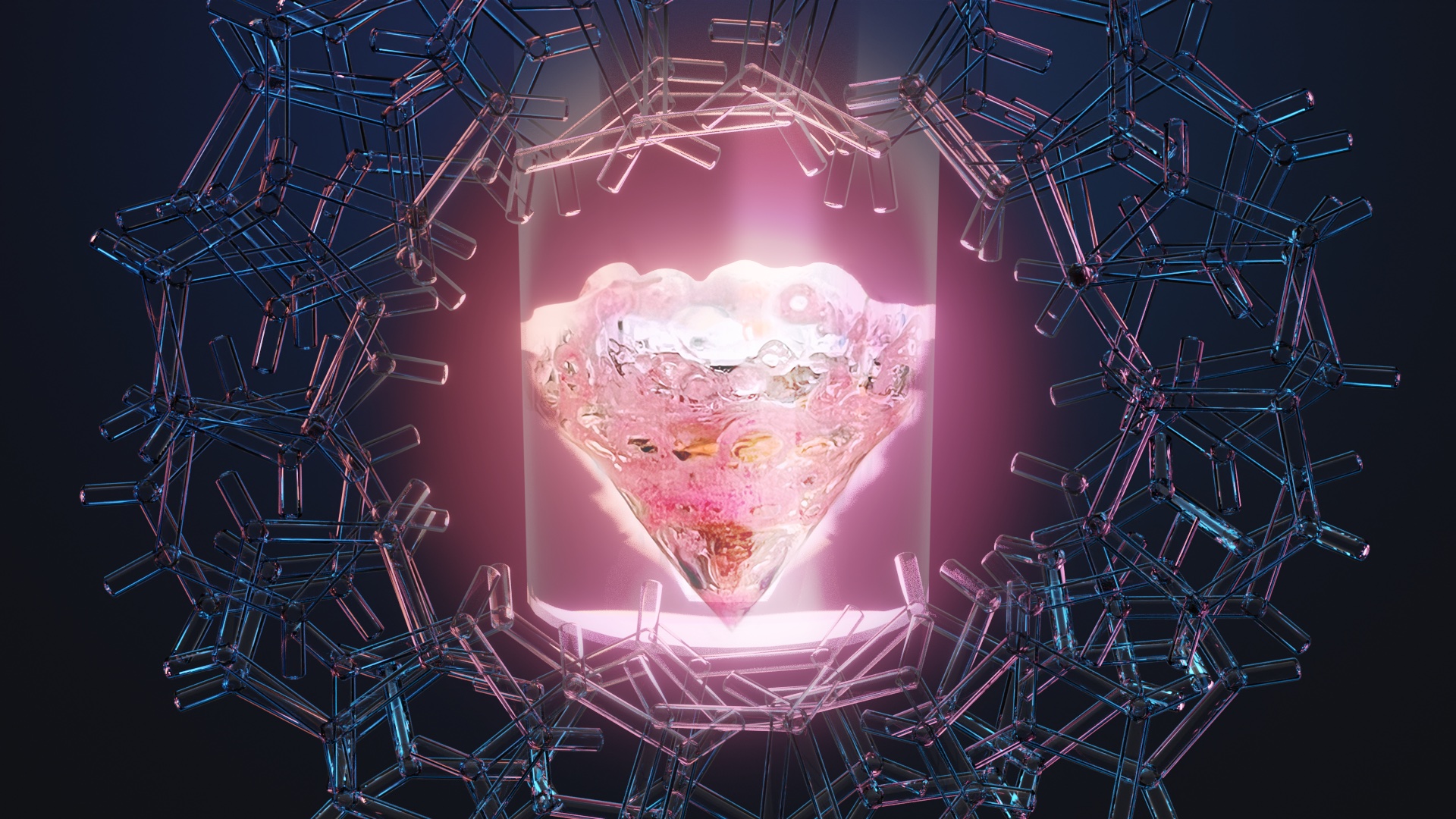
Secrets of radioactive 'promethium' — a rare earth element with mysterious applications — uncovered after 80-year search
By Victoria Atkinson published
Scientists have revealed key properties of radioactive promethium, a rare earth element with poorly understood applications, using a groundbreaking new method.

Chinese scientists have found a way to make batteries more efficient — by using water
By Victoria Atkinson published
Chinese researchers have found a way to make aqueous batteries more energy-dense, by adding bromide to the electrolyte solution
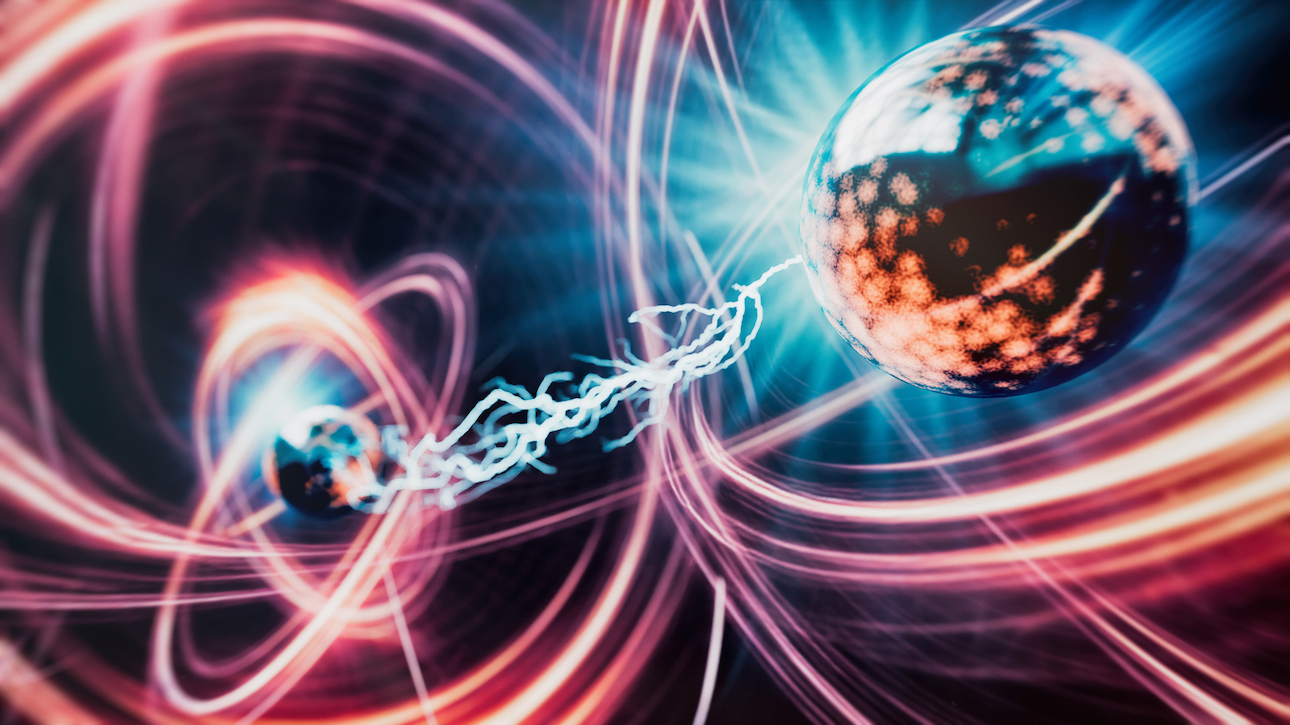
Atoms squished closer together than ever before, revealing seemingly impossible quantum effects
By Victoria Atkinson published
Using a clever laser technique, scientists have squished pairs of atoms closer together than ever before, revealing some truly mind-boggling quantum effects.
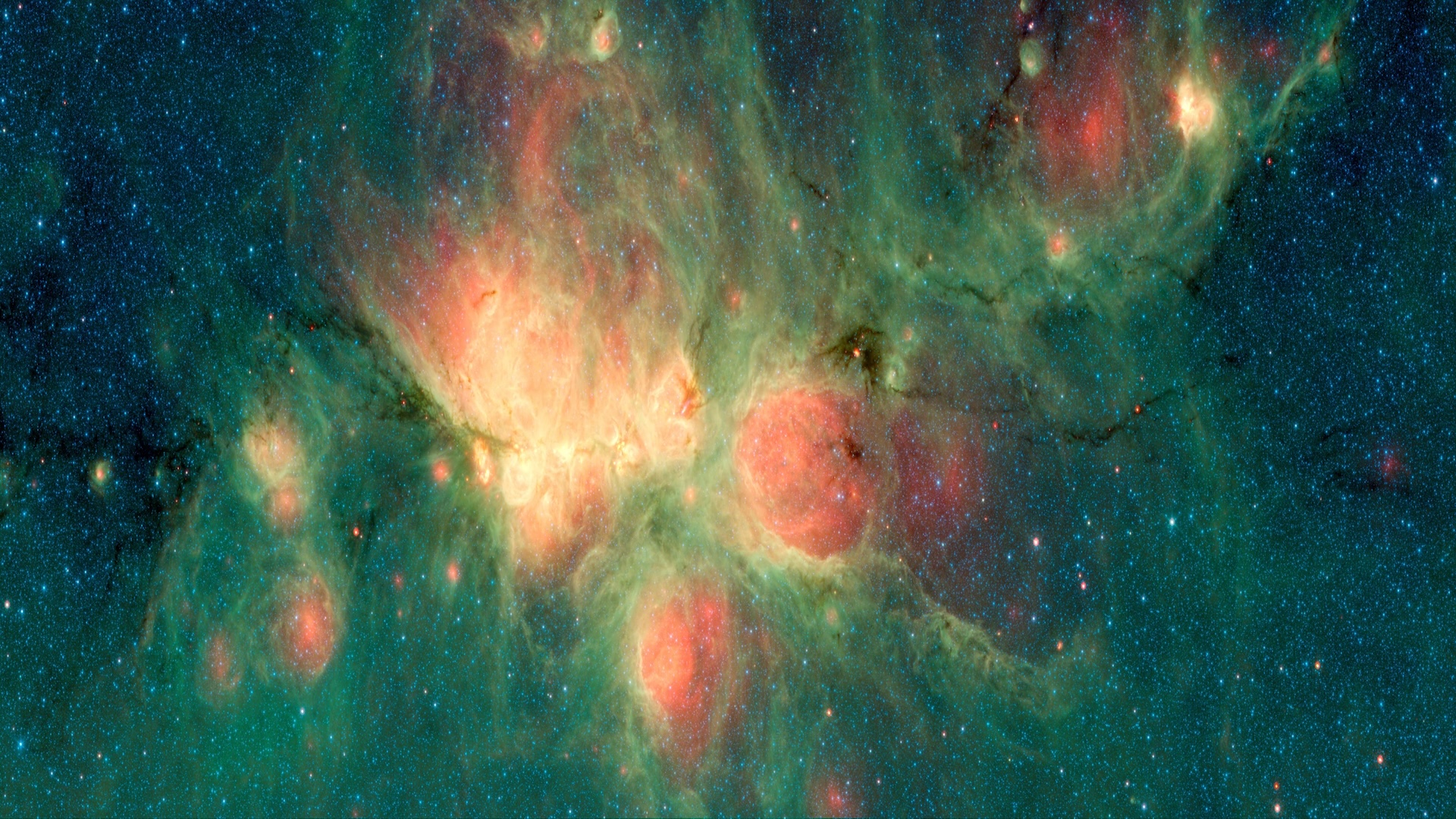
Dusty 'Cat's Paw Nebula' contains a type of molecule never seen in space — and it's one of the largest ever found
By Victoria Atkinson published
Scientists have detected a new, unusually large molecule never seen in space before. The 13-atom molecule, called 2-methoxyethanol, was detected in the Cat's Paw Nebula.
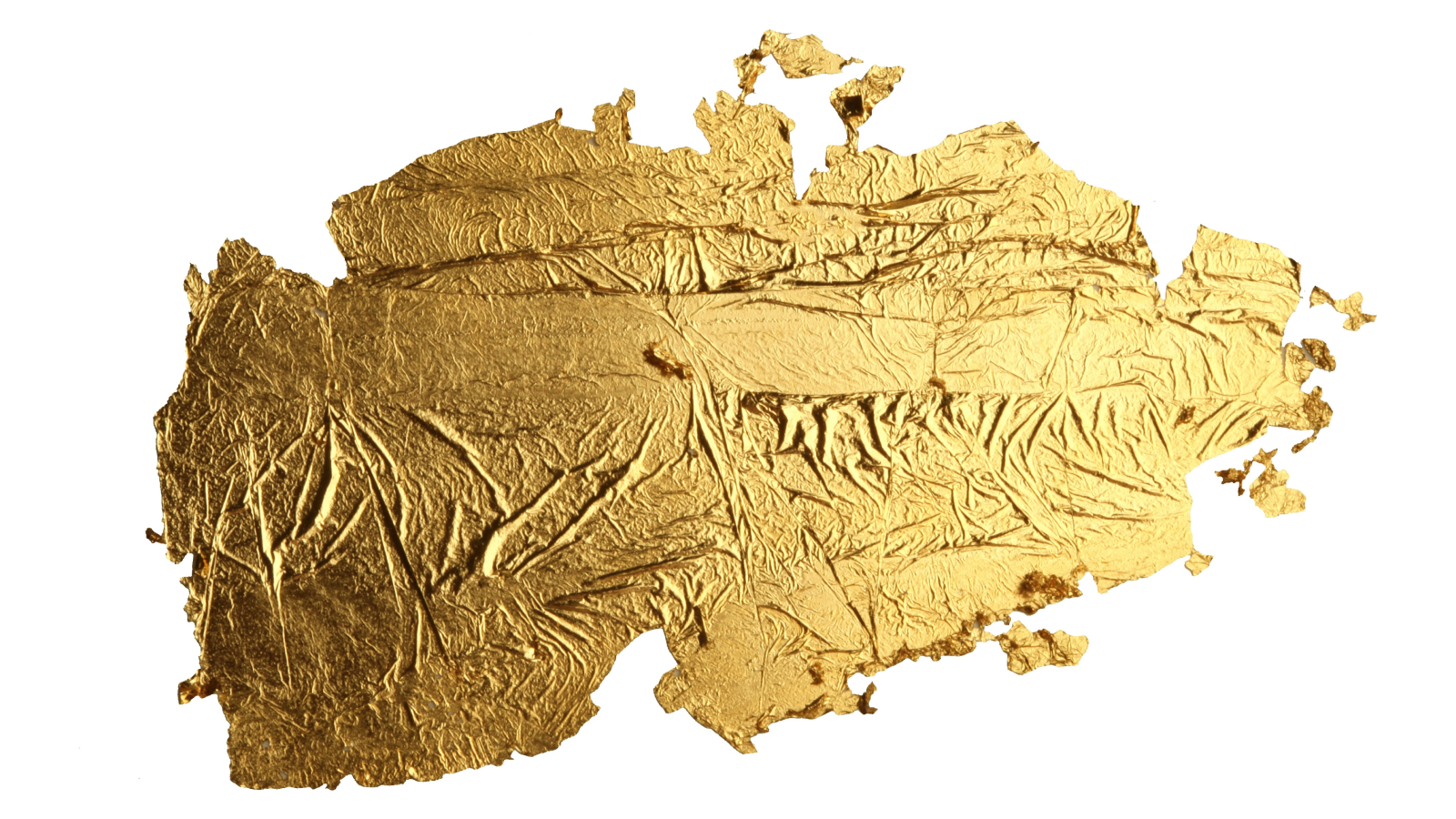
World's thinnest gold leaf, dubbed 'goldene,' is just 1 atom thick
By Victoria Atkinson published
Goldene is the latest 2D material to be made since graphene was first created in 2004.

Scientists made the coldest large molecule on record — and it has a super strange chemical bond
By Victoria Atkinson published
A four-atom molecule has broken the record for coldest large molecule.
Sign up for the Live Science daily newsletter now
Get the world’s most fascinating discoveries delivered straight to your inbox.
